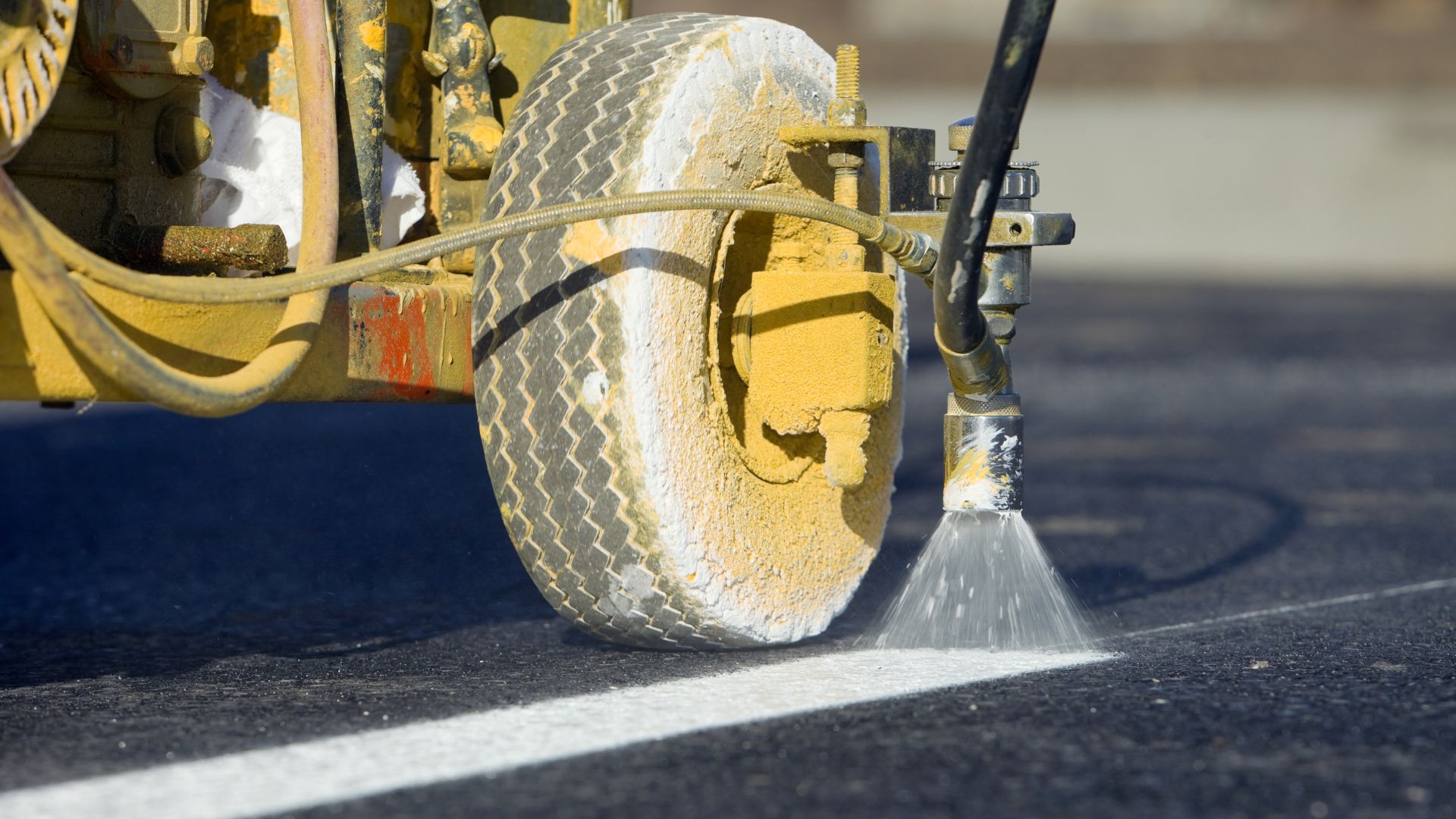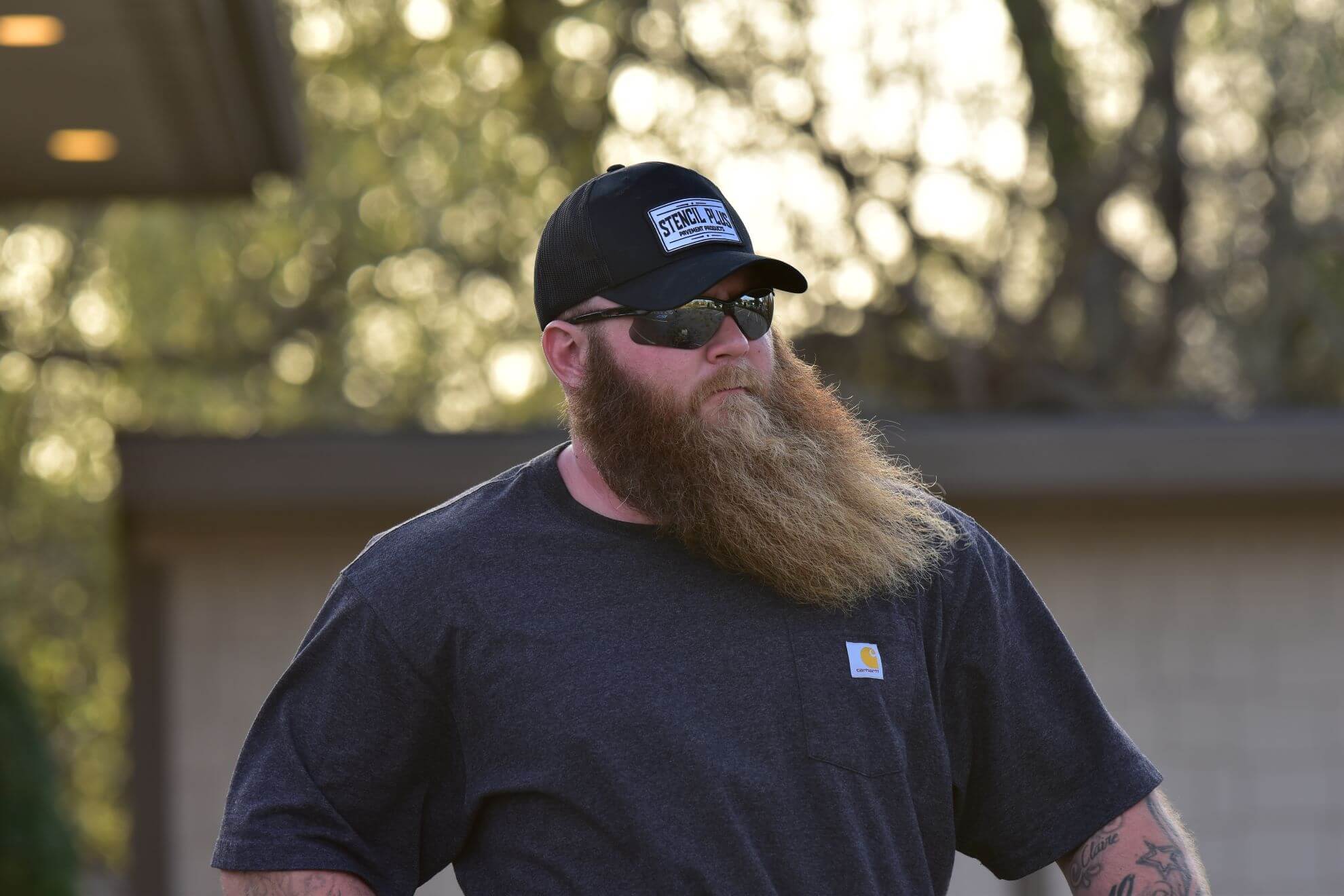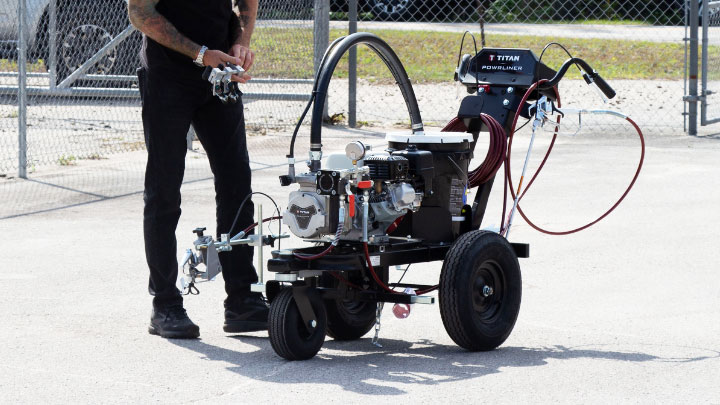
3 Mistakes People Make When Starting a Line Striping Business
If you’re thinking about starting a line striping business, you’re on the right track. It’s one of the most in-demand services in the pavement maintenance industry, and the barriers to

1. What’s been your most successful way to get jobs?
The most effective strategy so far has been contacting businesses directly and optimizing my Google My Business listing. If you’re just starting out, make sure to:
2. How are you receiving payment for your jobs?
I don’t take credit or debit cards because of the processing fees. I prefer checks:
3. What type of paint are you using, and where are you buying it?
I’m currently using Hotline Fast Dry Latex from my local Sherwin-Williams. Despite some reports of supply issues, they’ve consistently had what I need.
4. What pressure are you spraying with on the Titan?
It depends on the paint type:
Always check the paint’s Data Sheet (usually available for free at Sherwin-Williams) for proper pressure settings.
5. Have you made any upgrades to the machine?
No, I haven’t made any upgrades to my Titan PowrLiner 3500 yet.
6. What’s the biggest issue you keep running into on jobs?
Start and stop accuracy. Some days are great—lines start and end cleanly. Other days, it takes more effort to get the machine to stop exactly where I want it. It’s something that improves with time and practice.
7. What do you bring to a job other than the obvious tooling?
These help you stay prepared for unexpected situations.
8. What learning source has been most helpful?
Two big ones:
The AK Roundtable has helped me troubleshoot equipment, pricing, customer conversations—you name it. It’s more than a company; it’s a real support network.
9. Did you practice with your machine beforehand?
Yes. When I received my Titan PowrLiner 3500, I ran 15 gallons of water through it first to get a feel for the controls. Then, I practiced on a new layout:
Don’t skip this step. Practice with water and use tape until you’re confident. Mistakes are bound to happen, and tape gives you a safety net.
Whether you’re just getting started in line striping or looking to streamline your operations, having the right tools can make all the difference. This checklist covers the must-haves and smart extras that help you deliver professional results on every job.
Must-Have Line Striping Equipment:
Bonus Tools for a Professional Finish:
Pro Tip:
Before your first real job, always practice. Run 10–15 gallons of water through your machine to get familiar with the pressure and control. Use a chalk line to lay out practice lines, and tape both sides to simulate real striping. This step can save you from rookie mistakes and boost your confidence.

If you’re thinking about starting a line striping business, you’re on the right track. It’s one of the most in-demand services in the pavement maintenance industry, and the barriers to

If you’re in the parking lot striping business or planning to get started, choosing the right equipment can make or break your productivity. In this post, we’re diving into the